Inspired by the success of American game developer Lethal Company, horror co-op games have emerged as a trend in the gaming market. The cooperative horror genre has expanded to the point where the neologism ‘Lethal-like’ has appeared, and games based on the Backrooms worldview are also attracting attention. In the 2025 gaming industry, the diversification of content consumption and gamers’ needs for differentiated experiences are spreading, and revenue model diversification through IP franchising has become an important trend.
Hypercent identified this market flow and developed ‘Backroom Company,’ a horror co-op game based on the Backrooms worldview. While Lethal Company achieved cumulative sales of $164M USD (230 billion KRW) and user demand surged rapidly, the company captured the opportunity for market preoccupation when the number of competing new game releases is still not high. While existing Backrooms games only provided simple exploration-type horror gameplay with repetitive patterns, Backroom Company is the only Backrooms game with story and endings, enhancing user immersion and sense of purpose. The company developed a game that meets trends by combining Lethal Company’s hit elements like the farming system with the Backrooms story already familiar to users.
Hypercent’s core competitiveness lies in differentiated technological capabilities. Through their self-developed PMCG system, they provide new gaming environments each time through modular random room generation, and implement various behavior patterns and strategic interactions beyond simple chasing through an AI-based creature system. By utilizing Unreal Engine 5.5’s Lumen and Megalight lighting technology, they’ve achieved optimization with only 2GB capacity while maintaining the highest level graphics compared to competitors. They’re also improving user experience through continuous improvements including major content updates every week, UI/HUD rework, and support for 9 languages.
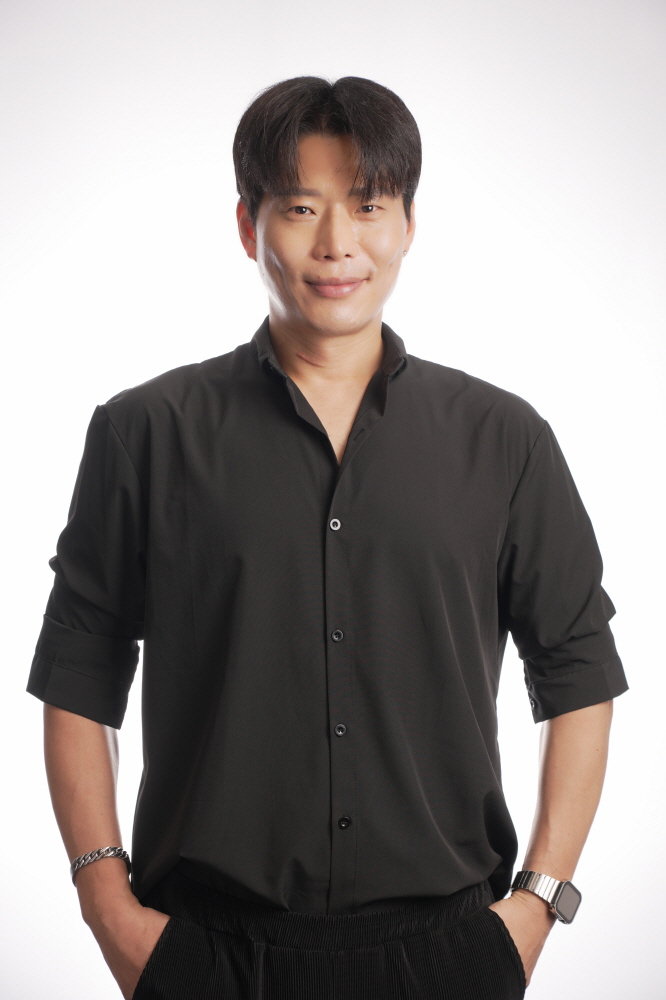
After starting development in April 2024, the company completed early access release on October 28 and official release on July 30, 2025. While core target customers are men in their 20s-30s, the teen user base has also been confirmed, suggesting broader market potential. Among Backrooms-based competing games, the 1st place game achieved cumulative sales of $300M USD (42 billion KRW) and the 2nd place game $86M USD (12 billion KRW), while Backroom Company has already secured brand recognition, maintaining organic rankings of 3rd-4th place. The goal is to become the market’s number one operator by selling over 1 million packages through official release.
The business model is package sales-based. They’ve secured price competitiveness at $7.07 USD (9,900 KRW) compared to competing games’ $7.86 USD (11,000 KRW) price, and plan to diversify revenue bases through DLC expansion packs and skin sales in the future. Through voluntary play by streamers including global gaming YouTubers with 23 million subscribers, they’ve secured global media brand recognition with total subscribers of 70 million and Backroom Company play views exceeding 35 million. They secured up to $1M USD (1.4 billion KRW) through Korea Creative Content Agency support projects and $286K USD (400 million KRW) in publishing contract amounts for their sub-project, receiving official verification through consecutive Indiecraft awards, G-Star Indie Awards Best Multiplayer Award, and more.
The team’s competitiveness lies in the founding team members consisting of 21 developers in their mid-20s who are sensitive to trends. Additionally, based on the CEO’s 20 years of IT experience and 10 years of game company business/planning/marketing experience, they have rapid market responsiveness. Hypercent, which moved into Pangyo Gyeonggi Culture Creation Hub operated by Gyeonggi Content Agency in May 2025, is implementing even faster market responsiveness through strengthened collaboration among team members.
With a low-risk, high-return structure simultaneously progressing 6 projects in the Backrooms series and healing series, trend responsiveness that quickly finds successful items and rapidly creates results, and global media branding securing marketing cost savings for next titles and achieving up to 80% operating profit margins, attention is focused on the market response to Hypercent’s Backroom Company’s potential for short-term high-profit generation.
CEO Kim Joo-wan of Hypercent stated, “Backroom Company is receiving what could be called an explosive response upon release. While I’m not good at playing games, the process of making and developing games is so enjoyable that my goal is to manage and create a game company well.”

What problem is Hypercent trying to solve?
Seeing the popularity of the eerie endless space Backrooms worldview and the successful emergence of games based on Backrooms like horror co-op games in the market, we discovered possibilities in games based on the Backrooms worldview. While user demand in the horror co-op game market increased significantly with the rapid growth of Lethal Company, the representative horror co-op game that achieved cumulative sales of over $164M USD (230 billion KRW), the number of competing new game releases is still not high. Accordingly, we at Hypercent judged that we could proactively lead the market and developed the game Backroom Company.
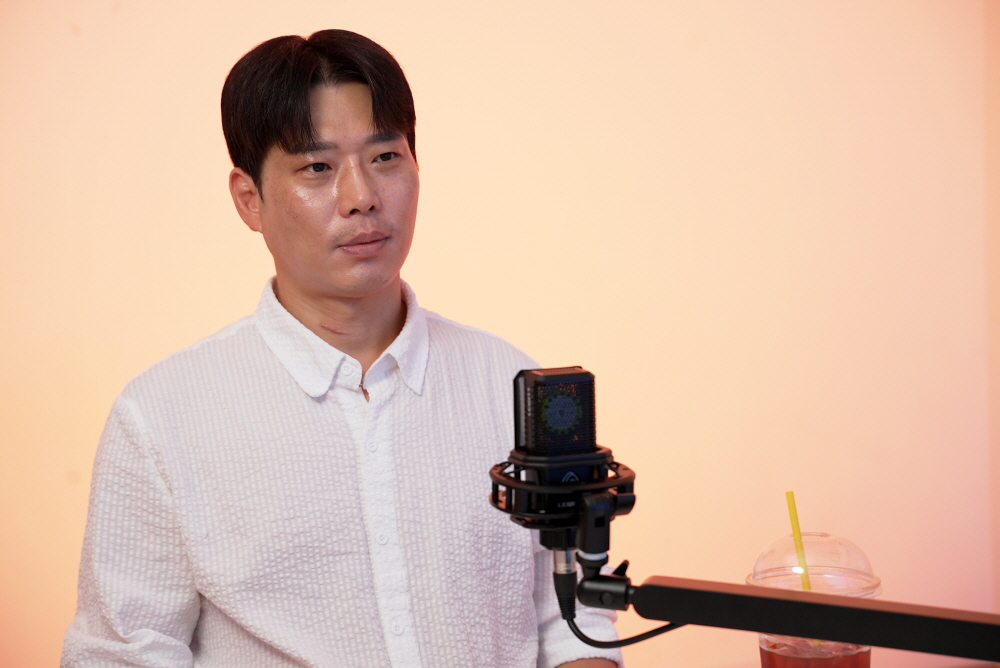
How does Hypercent solve this problem?
Existing games based on Backrooms are simple exploration-type horror games mainly consisting of repetitive pattern play avoiding specific monsters. However, Backroom Company is the only Backrooms game with story and endings, designed so users can immerse themselves in the worldview and have a sense of purpose. We developed Backroom Company by combining fun elements and hit factors like Lethal Company’s farming system with the already user-familiar Backrooms story that has low entry barriers. This was about making games that users want according to demand and current trends.

What are Hypercent’s services and current progress?
We started developing Backroom Company in April 2024, released early access on October 28, 2024, and officially released on July 30 this year. While development progress was only 10-20% during early access, we gained confidence in success from customers’ favorable responses and are confident that the version released with all content including story and endings will bring definite repercussions in the market.


What is Hypercent’s competitiveness/differentiation compared to competitors?
Backroom Company provides deeper immersion than existing competing games through unique story and endings. We have differentiated technical competitiveness with our proprietary random map generation technology PMCG system. Through Backroom Company’s modular random room generation system, we provide new gaming environments each time, shortening development time through efficient map design and automatic combination while providing infinite variation to players.
Additionally, Backroom Company’s AI-based creature system provides new horror experiences to players through various behavior patterns and strategic interactions beyond simple chasing. Using Unreal Engine 5.5’s Lumen and Megalight lighting technology, we optimized capacity to 3GB compared to competitors’ 5-10GB while maintaining the highest level graphics compared to competitors. Backroom Company has updated major content weekly so far, completely reorganized through continuous rework of UI/HUD, and expanded multilingual support with translation into 9 languages now including 5 major languages.
Who are the core target customers and what is the market size?
While core target customers are male customers in their 20s-30s, we’ve actually confirmed that teenagers also enjoy Backrooms games, so we judge the market base will be formed more broadly. In the horror co-op game market, user demand continues to increase due to Lethal Company’s popularity, and games made with the Backrooms worldview as background exceed 400 on Steam. Among Backrooms-based competing games, the 1st place game is achieving cumulative sales of $300M USD (42 billion KRW) and the 2nd place game exceeds $86M USD (12 billion KRW). Backroom Company has already secured brand recognition and continues to maintain organic rankings of 3rd-4th place. We aim to become the market’s number one operator by selling over 1 million packages through this official release.
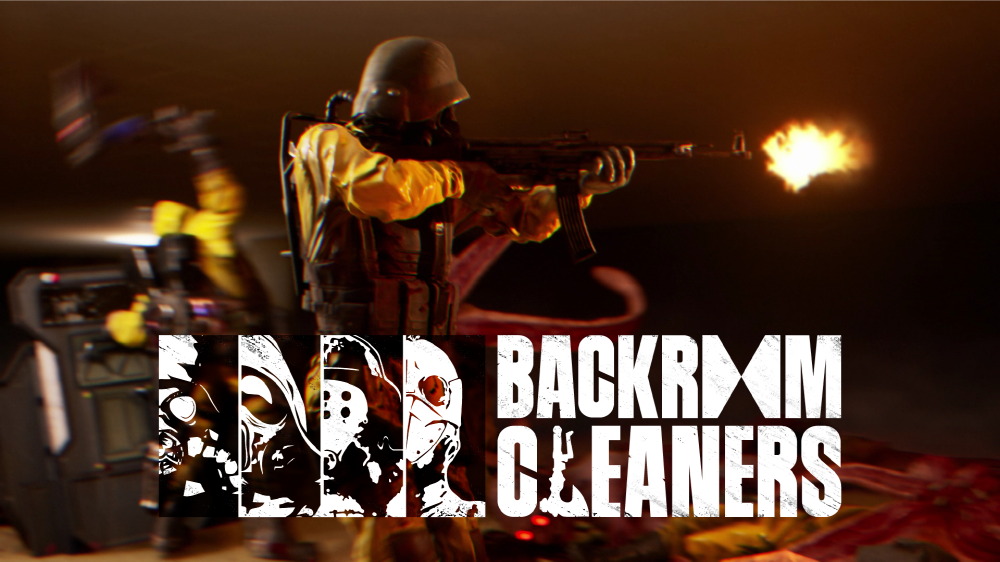
What is Hypercent’s business model?
We’re selling the Backroom Company game as a package. Competing Backroom Company games’ package prices are formed around $7.86 USD (11,000 KRW). After early access, we lowered the price from $10 USD (14,000 KRW) to $7.07 USD (9,900 KRW) to increase price competitiveness. We plan to maximize sales by creating various revenue bases such as DLC expansion pack sales and skin sales in the future.
What achievements has Hypercent made so far?
Backroom Company’s global media brand recognition has already been secured through voluntary play by global streamers including streamers with 23 million global gaming YouTuber subscribers. Total subscribers exceed 70 million and Backroom Company play views exceed 35 million. We expect even more explosive increases after official release. We secured up to $1M USD (1.4 billion KRW) through Korea Creative Content Agency support projects including 2025 Game Plus and multi-year support projects, and secured $286K USD (400 million KRW) in publishing contract amounts with Netmarble Marblex and Taiwan ZTQ Games for our sub-project Orplant.
We won consecutive Indiecraft awards in 2024 and this year, and won the 2024 G-Star Indie Awards Best Multiplayer Award. Articles were reported in Japan’s 4Gamer and Famitsu magazine, and we were selected as one of 3 indie games by Game Spark. Additionally, we received official verification of technological capabilities and marketability through early startup packages and venture company certification.
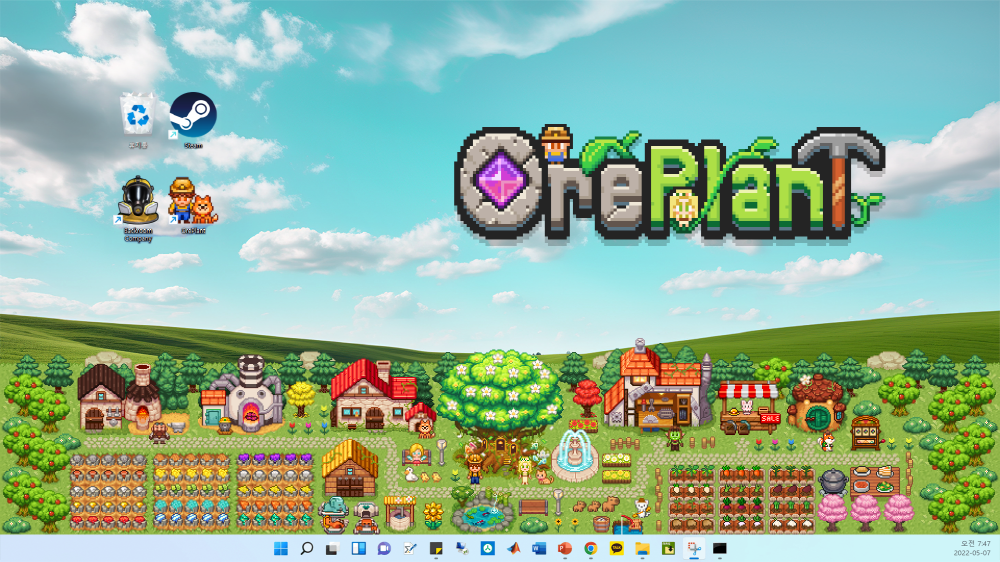
What is the Hypercent team’s competitiveness?
Hypercent members pursuing industry excellence are the greatest competitiveness. Among 23 total members including a CTO dedicated solely to game development, 21 are game developers in their mid-20s, and as team members sensitive to trends, they reflect customer feedback in results faster than anyone by matching users’ eye levels. As CEO, I’m confident I can develop business one step faster than competitors while understanding the market and customers based on over 20 years of IT work experience and over 10 years of experience in game company business, planning, and marketing.
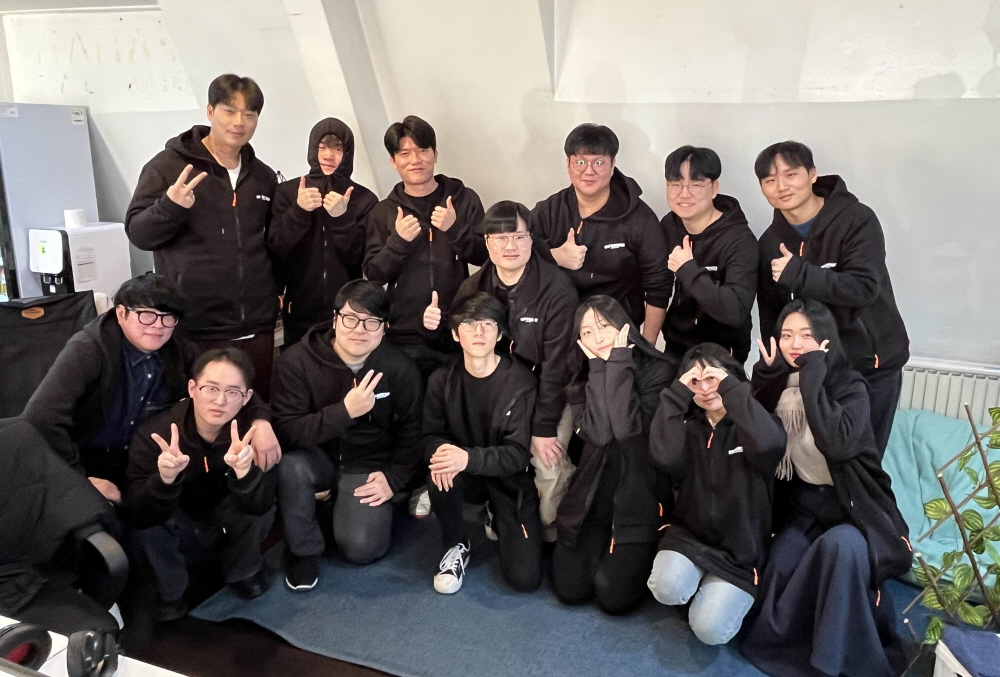
Give three reasons why Hypercent should receive investment.
First, we’re a company with low-risk, high-return rather than high-risk, high-return. We’re already simultaneously progressing 6 projects in the Backrooms series and healing series in just one year, and have sufficiently secured competitiveness to rapidly develop sequels even if our flagship game Backroom Company doesn’t achieve expected results.
Second, we have the best trend responsiveness. We find items that can succeed fastest and create results fastest. In a gaming market where even well-made games struggle to succeed if they’re not games that current users want, we’re proud to have rapid market responsiveness.
Third, by securing Backroom Company’s global media branding, we’ve saved marketing costs for next titles and can maximize operating profit margins (up to 80%) based on this to secure high returns in a short period.
What support has Hypercent received as a Pangyo Gyeonggi Culture Creation Hub resident company?
We moved in May 2025, and various programs supported by Gyeonggi Content Agency and Pangyo Gyeonggi Culture Creation Hub are helping greatly in making games and managing business. In particular, the office space provided by Pangyo Gyeonggi Culture Creation Hub was a great strength for us who had no proper office in the early business stage, and after moving in, we’re sharing various insights with other companies and helping each other.

MORE FROM THE POST
- [Korean Startup Interview] UBIS: “We’ll Change the Game Character Development Landscape with UBIS AI Agent”
- [Korean Startup Interview] StudioMetaK: Leading the Content Industry with AI Video and Virtual Human Technology
- [Korean Startup Interview] Joomalstory: The Answer to “What Should I Do This Weekend?” for MZ Generation
- [Korean Startup Interview] KOIVIS: “Targeting Global Market with Automatic Playlist Replication and Migration”
- [Korean Startup Interview] Invigo Works: Providing ‘Virtual CFO’ SaaS Solutions for SME Manufacturers
Share
Most Read
- 1
- 2
- 3
- 4
- 5



Leave a Reply